| War and Neutral Rights Reading with Questions |
|---|
| www.studenthandouts.com ↣ American History ↣ American History Readings |
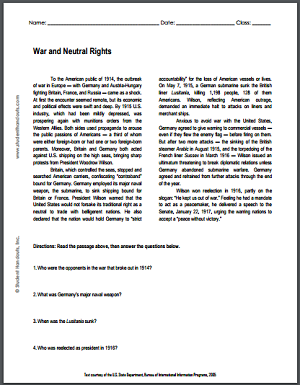 To the American public of 1914, the outbreak of war in Europe—with Germany and Austria-Hungary fighting Britain, France, and Russia—came as a shock. At first the encounter seemed remote, but its economic and political effects were swift and deep. By 1915 U.S. industry, which had been mildly depressed, was prospering again with munitions orders from the Western Allies. Both sides used propaganda to arouse the public passions of Americans—a third of whom were either foreign-born or had one or two foreign-born parents. Moreover, Britain and Germany both acted against U.S. shipping on the high seas, bringing sharp protests from President Woodrow Wilson.
To the American public of 1914, the outbreak of war in Europe—with Germany and Austria-Hungary fighting Britain, France, and Russia—came as a shock. At first the encounter seemed remote, but its economic and political effects were swift and deep. By 1915 U.S. industry, which had been mildly depressed, was prospering again with munitions orders from the Western Allies. Both sides used propaganda to arouse the public passions of Americans—a third of whom were either foreign-born or had one or two foreign-born parents. Moreover, Britain and Germany both acted against U.S. shipping on the high seas, bringing sharp protests from President Woodrow Wilson.Britain, which controlled the seas, stopped and searched American carriers, confiscating "contraband" bound for Germany. Germany employed its major naval weapon, the submarine, to sink shipping bound for Britain or France. President Wilson warned that the United States would not forsake its traditional right as a neutral to trade with belligerent nations. He also declared that the nation would hold Germany to "strict accountability" for the loss of American vessels or lives. On May 7, 1915, a German submarine sunk the British liner Lusitania, killing 1,198 people, 128 of them Americans. Wilson, reflecting American outrage, demanded an immediate halt to attacks on liners and merchant ships. Anxious to avoid war with the United States, Germany agreed to give warning to commercial vessels—even if they flew the enemy flag—before firing on them. But after two more attacks—the sinking of the British steamer Arabic in August 1915, and the torpedoing of the French liner Sussex in March 1916—Wilson issued an ultimatum threatening to break diplomatic relations unless Germany abandoned submarine warfare. Germany agreed and refrained from further attacks through the end of the year. Wilson won reelection in 1916, partly on the slogan: "He kept us out of war." Feeling he had a mandate to act as a peacemaker, he delivered a speech to the Senate, January 22, 1917, urging the warring nations to accept a "peace without victory." Directions: Read the text above, then answer the questions below. 1. Who were the opponents in the war that broke out in 1914? 2. What was Germany's major naval weapon? 3. When was the Lusitania sunk? 4. Who was reelected as president in 1916? Click here to print this worksheet. |
 | 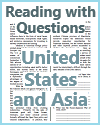 | 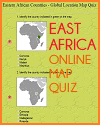 | 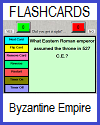 | 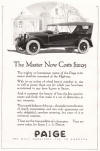 | 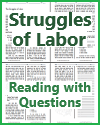 |
| www.studenthandouts.com ↣ American History ↣ American History Readings |








